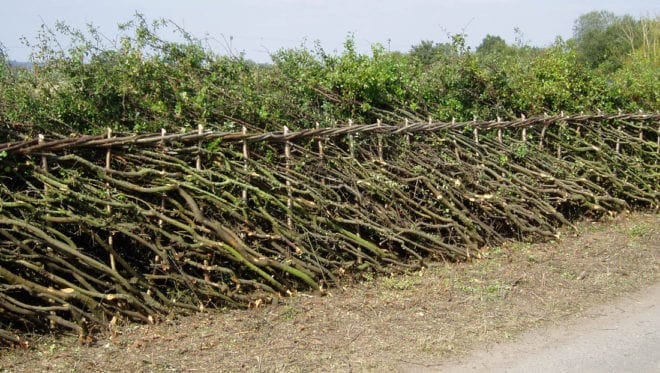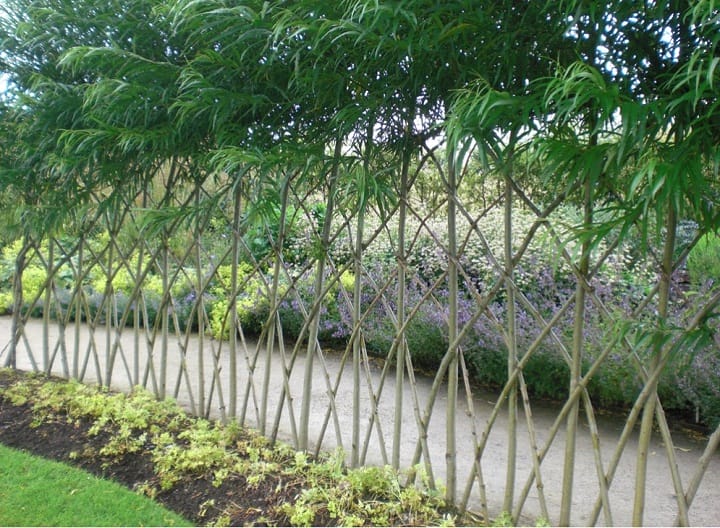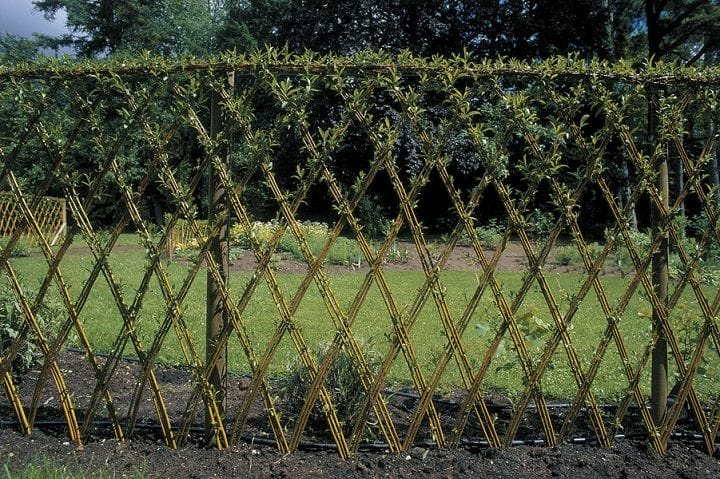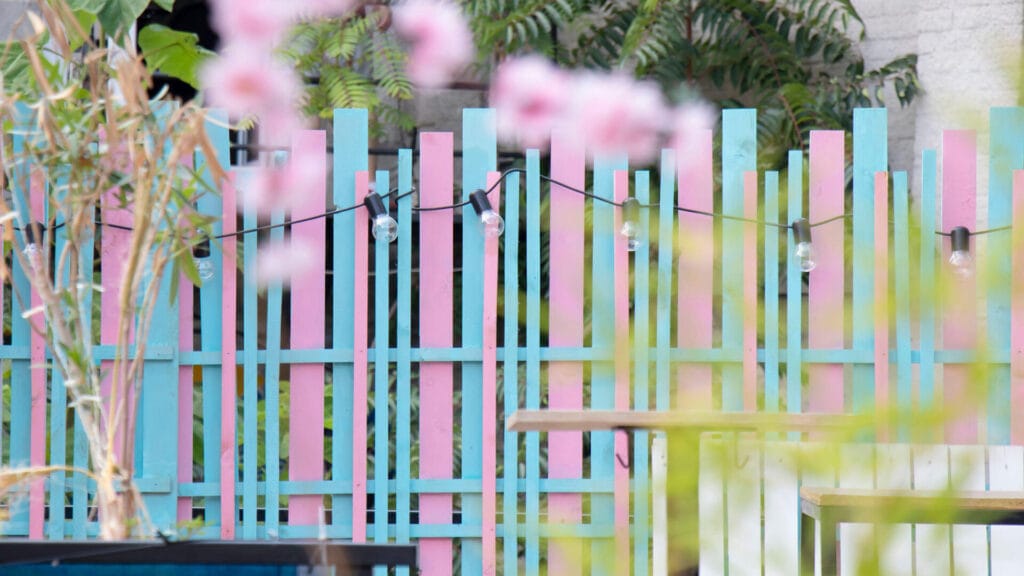Creating ‘Living Fences’: A Green Alternative for Austin Properties
By Innovation Grounds
In a city like Austin, known for its eco-conscious culture and green spaces, homeowners are increasingly looking for sustainable solutions to enhance their properties. One such solution that is gaining traction is the concept of “living fences.” These natural property boundaries not only provide privacy and aesthetic appeal but also offer numerous environmental benefits. In this blog post, we’ll explore the advantages of living fences in Austin, how to create them, and why they’re an eco-friendly alternative to traditional fencing options.
What is a Living Fence?
A living fence is a natural boundary made up of plants, trees, or shrubs strategically planted to form a protective barrier around a property. Unlike conventional wood or metal fences, which can require regular maintenance and contribute to deforestation or pollution, living fences serve as a sustainable and low-maintenance option. They blend seamlessly with the natural landscape while offering functional benefits like privacy, noise reduction, and wildlife habitat creation.

Benefits of Living Fences for Austin Properties
1. Environmental Sustainability
As an eco-conscious city, Austin is home to many residents who prioritize sustainable living practices. Living fences are a perfect example of an environmentally friendly solution to traditional fencing. By planting native shrubs, trees, or climbing plants, you’re helping to reduce your carbon footprint. These plants naturally absorb carbon dioxide, produce oxygen, and contribute to local biodiversity. Additionally, living fences don’t require the use of harmful chemicals like those often found in pressure-treated wood or synthetic fencing materials.
2. Privacy and Noise Reduction
Privacy is a top priority for many homeowners in Austin, especially in urban areas where properties are often close together. A well-constructed living fence made from dense shrubs or trees can effectively shield your property from prying eyes while creating a peaceful, secluded space. The thick foliage of a living fence also helps to reduce noise pollution, making it an ideal choice for homes near busy streets or noisy neighborhoods.
3. Aesthetic Appeal
Living fences add a natural beauty that hard fencing materials simply can’t match. Austin residents are known for their appreciation of the outdoors and natural aesthetics, and a living fence can enhance the charm and curb appeal of your property. Whether you prefer the vibrant flowers of climbing vines or the graceful form of ornamental grasses, living fences allow you to personalize your property with a variety of plant species that reflect your style.
4. Wildlife Habitat Creation
Another significant advantage of living fences is their ability to provide a habitat for local wildlife. By choosing native plants, you can create a thriving ecosystem right in your backyard. Birds, bees, butterflies, and other beneficial insects will be attracted to your living fence, supporting Austin’s rich biodiversity. These fences can also provide shelter for small animals and offer a food source through fruit-bearing plants or pollinator-friendly flowers.

How to Create a Living Fence for Your Austin Property
Creating a living fence is an easy and rewarding project that can be tailored to suit your property’s specific needs. Here’s a step-by-step guide:
1. Plan Your Design
Before you start planting, consider the purpose of your living fence. Are you looking for privacy, beauty, or both? Determine where you want the boundary to be and the desired height of the fence. It’s also essential to consider factors like sunlight, soil type, and water availability in your area.
2. Choose the Right Plants
For a successful living fence, selecting the right plants is crucial. Opt for native, drought-tolerant plants that thrive in the Austin climate. Some great options for living fences in Austin include:
- Texas Sage – A hardy shrub with silvery leaves and purple flowers.
- Yaupon Holly – A dense evergreen that can grow to create an excellent privacy screen.
- Creeping Fig – A fast-growing vine that can cover walls or fences quickly.
- Gulf Muhly Grass – A native ornamental grass that adds texture and beauty to your landscape.
3. Planting and Maintenance
Once you’ve chosen your plants, follow proper planting guidelines for spacing and depth. Most plants in living fences need to be spaced a few feet apart to allow for growth. Over time, prune the plants to maintain the desired shape and density. Living fences require regular watering and occasional fertilizing, especially during the first few years as the plants establish themselves.
4. Consider Long-Term Care
While living fences are relatively low-maintenance, they do require some care over the years. Be sure to remove dead or diseased plants, and replace them as necessary. Additionally, some plants may need periodic trimming or thinning to prevent them from becoming overgrown.

Why Choose Living Fences in Austin?
In a city that values green spaces and environmental responsibility, living fences offer an attractive, eco-friendly alternative to traditional fencing options. Not only do they provide natural property boundaries and privacy, but they also promote sustainability, support local wildlife, and enhance the beauty of your property. Whether you’re looking for a natural fence to complement your garden or a more robust solution for privacy, living fences in Austin are a wonderful way to combine form, function, and eco-conscious living.
If you’re considering making the switch to a living fence, Austin’s favorable climate and plant diversity make it the perfect place to start. Create a greener, more sustainable property with a living fence that reflects the heart of Austin’s commitment to nature.



